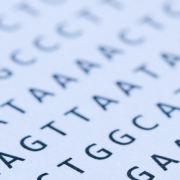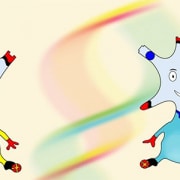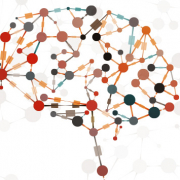State of the nation: decoding the Icelandic genome
Genomic studies are focusing not just on key diseases, as with the 100,000 Genomes Project, but on whole population groups
If sequencing an entire human genome seems a major feat – and at 3 billion base pairs, it is – then how about sequencing an entire population?
This is an ambitious aim that no one has actually achieved yet, although plans for a project in the Faroe Islands to do just that were announced in 2013. The FarGen project sought to sequence all 50,000 islanders and link this data with their medical records in a similar manner to England’s 100,000 Genomes Project, though progress towards this goal remains unclear.
There is nevertheless considerable interest in sequencing not only a large number of human genomes, but also a set representing the whole sequence variation of a given population. Even the original Human Genome Project used DNA from several individuals to create a composite original ‘reference genome’, and it has become increasingly clear that there is significant variation both between two individuals and between individuals from different ethnic backgrounds. Some of this genomic divergence may have implications for health.
Identifying genetic risk factors
For example, the recently launched East London Genes for Health research project seeks to identify some of the genetic factors thought to underpin the disproportionately high rates of heart disease and diabetes among local Pakistani and Bangladeshi populations. The hope is that sequencing 100,000 genomes from Londoners of South Asian origin will help deliver more personalised healthcare, by identifying genetic risk factors for disease in that particular population.
In the past week, the genome sequencing of the Icelandic population has been centre-stage. In fact, although the Icelandic population is fairly small at just over 325,000 individuals, they have not all had their genomes sequenced; only 2,636 of them have. However, this is still the largest set of human genome sequences from any one population, and therefore something of a landmark.
On top of this, Iceland is unusual in a number of other respects: it is relatively geographically isolated and the population is fairly homogenous, in genetic terms. Allied to particularly thorough genealogical records, this gave the original Icelandic company deCODE Genetics a valuable head-start into human genomics.
Now deCODE researchers have both sequenced the genomes of over 2,500 Icelanders and combined this with earlier genetic and genealogical data from over 100,000 citizens to effectively deduce the genomes of the entire population.
Future potential
But what use is this, besides generating a whole set of papers in the scientific journal Nature? Eventually, it could offer potential medical benefits; rare mutations that affect disease risk may offer valuable insights into underlying disease processes, and opportunities to intervene against them.
In the shorter term, it could in theory be used to identify individuals with an increased disease risk for Alzheimer’s disease, or forms of cancer. The chief executive of deCODE told the BBC that they could “at the push of a button find all women who carry mutations in the BRCA2 gene”, adding that it would be “criminal” not to take advantage of this information by contacting presumed carriers. What Icelandic health professionals and its wider population think of this remains to be seen.
–









